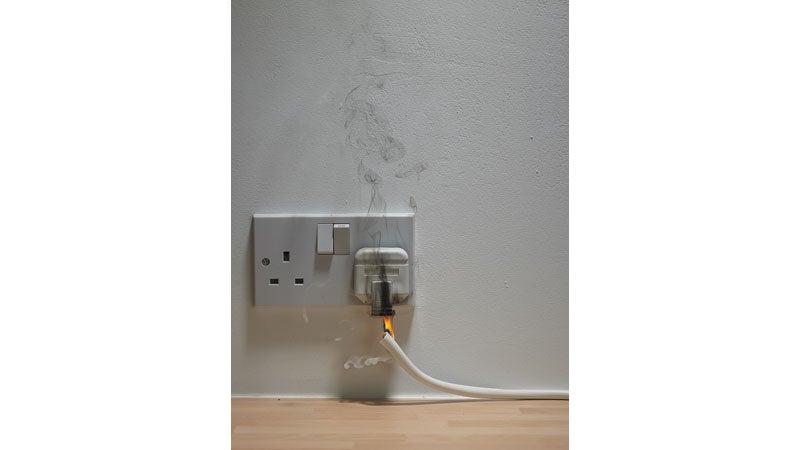Prevent home electrical fires
Published 3:00 pm Thursday, April 25, 2024

- Risk for electrical fires at home can be reduced with technology and other strategies.
|
Getting your Trinity Audio player ready...
|
A person’s home should be a safe haven. Too often, however, there may be dangers lurking in a home that can compromise the safety of residents.
Electrical fires are no joke. The Hartford insurance company says electrical failure or malfunctions account for almost 34,000 home fires per year. The National Fire Protection Association says they can contribute to 440 deaths and $1.3 billion in direct property damage annually.
Older homes may be most vulnerable to electrical fires, as such structures were not designed to handle the demands of modern living. The insurance experts at Nationwide say half of all homes in the United States have electrical systems that were installed before garage door openers, high-tech coffee makers, and many computers became must-have items. And the Electrical Safety Foundation International says homes built before 1973 with overloaded electrical systems pose a number of safety threats.
Overloaded circuits are not the only contributor to electrical fires. Damaged wiring characterized by worn, frayed, or loose wires can cause fires. Malfunctioning appliances or those improperly maintained can also create home fires. Another contributor is poorly installed extension cords and power strips, as well as faulty outlets and switches around homes.
Homeowners can take various steps to reduce the risk of electrical fires at home.
• Install arc fault circuit interrupters (AFCIs). AFCIs are special types of circuit breakers that help prevent fires caused by nicked or frayed wiring. An AFCI gets tripped and cuts off power when an electrical problem is detected before a fire can start. In 2022, the National Electric Code started requiring AFCIs in bedrooms, and by 2017, they had been mandated throughout homes.
• Conduct a home electrical inspection. Nationwide recommends that all homes older than 40 years be inspected to ensure their electrical systems can handle modern demands. A qualified electrician can recommend replacing breakers and suggest other modifications to improve safety.
• Utilize a monitor. Ting from Whisker Labs monitors a home’s electrical network using a smart plug-in sensor designed to detect hazards. The company indicates that micro-arcs and sparks that develop are precursors to electrical fires.
• Turn to automatic shut-offs. Homeowners can utilize appliances and additional devices that automatically shut off after a set period of time. This can reduce the risk of overheating.
• Rely on timers or smart devices. Timers and smart home devices can give homeowners control of electrical components like appliances or lights from a remote area. This enables users to turn an appliance on or off to reduce overheating or avoid additional risk factors for electrical fires.
• Don’t go DIY. Choosing to work with a professional electrician rather than doing electrical work oneself can help reduce electrical fire risk considerably. Electricians know how to work on electrical systems safely to prevent damage to wires and components and also safeguard themselves against shock.





